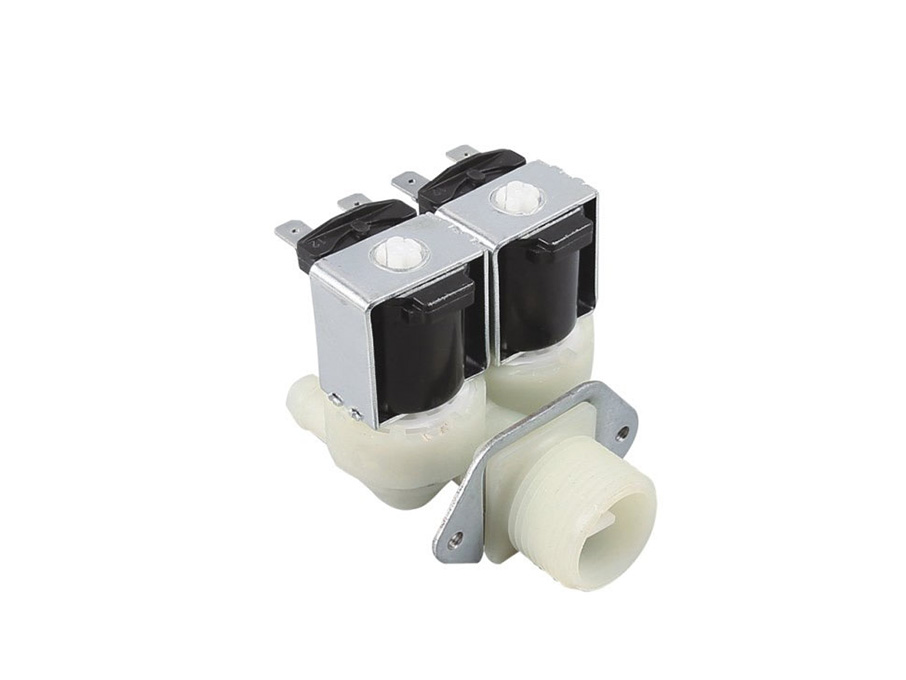This is a solenoid valve that moves under the action of a pulsed power signal, so it does not consume power in a steady state. The advantages of these zero-watt coils are no continuous power consumption, negligible heating effect, and safety because the valve is bistable and remains in its last position when power is turned off. This is of particular value in battery-powered equipment.
The actuator consists of a coil encapsulated in epoxy resin, which contains windings for pulling and ejecting functions. The permanent magnet is completely separated from the fluid medium.

The working model of the pulse coil of the plunger armature system is to switch through short power pulses of the electromagnet. Permanent magnets enable the valve to maintain this position without the need for continuous application of electrical energy. Only when the second pulse is applied will the valve switch back to its original position. No power is required to maintain the operating position. Therefore, the heating effect of the coil is negligible, and the sealing material of the valve is not affected by any thermal load. The advantages of this pulse coil can be valued in applications involving multi-way pneumatic valve control.
Traditionally designed valves require an electrical control unit for switching cylinders. This unit must provide continuous electrical or pneumatic signals throughout the operation of the solenoid valve. When the pulse coil is used with the cylinder control position sensor, the problem can be greatly simplified.
The above information is provided by the water inlet solenoid valve factory.